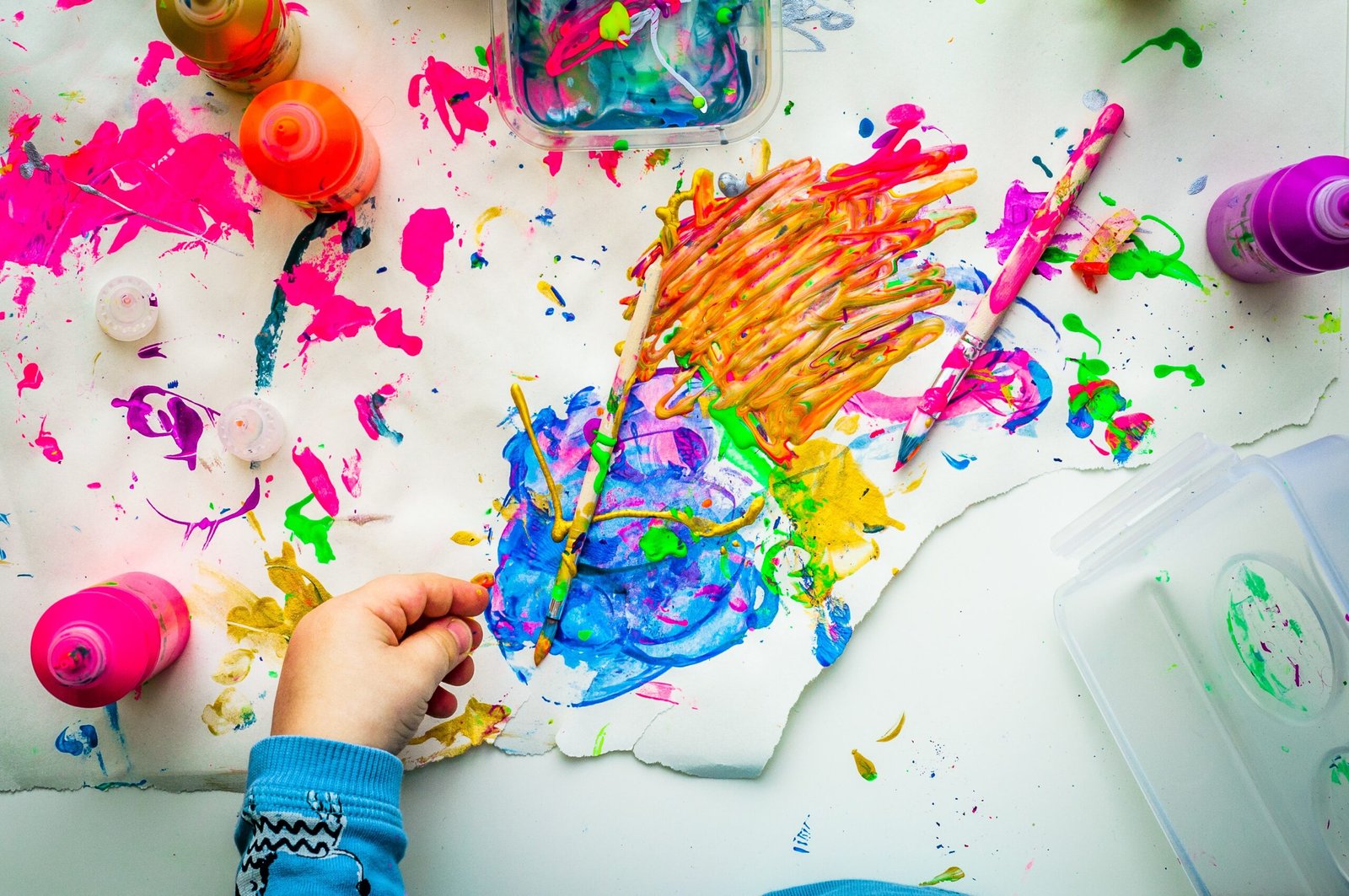
Exploring the World of Art Therapy: Benefits, Treatments, and Self-Care
Introduction
Art therapy is a form of psychotherapy that utilizes the creative process of making art to improve mental, emotional, and physical well-being. It provides individuals with a safe and non-judgmental space to express themselves, explore their emotions, and find healing through artistic creation. In this blog post, we will delve into the reasons for art therapy, various treatment options available, and ways to practice art therapy at home.
Reasons for Art Therapy
Art therapy has gained recognition and popularity due to its numerous benefits for individuals of all ages and backgrounds. Here are some of the key reasons why people engage in art therapy:
- Self-Expression: Art therapy allows individuals to express themselves in ways that words alone cannot capture. Through art, they can communicate their thoughts, emotions, and experiences, fostering a deeper understanding of themselves.
- Stress Relief: Engaging in the creative process can be incredibly calming and therapeutic. Art therapy provides a healthy outlet for stress and anxiety, promoting relaxation and emotional well-being.
- Emotional Healing: Art has the power to evoke and process emotions that may be difficult to express verbally. Art therapy helps individuals explore and release these emotions, facilitating healing and personal growth.
- Self-Discovery: Creating art can uncover hidden aspects of one’s personality, desires, and aspirations. Art therapy encourages self-reflection and self-discovery, leading to a greater sense of self-awareness and self-acceptance.
- Improved Communication: For individuals who struggle with verbal communication, art therapy provides an alternative means of self-expression. It can enhance communication skills, promote social interaction, and improve relationships.
Treatments for Art Therapy
Art therapy can be practiced in various settings, including beauty parlors, hospitals, clinics, schools, and community centers. Here are some common treatments used in art therapy:
- Individual Art Therapy: One-on-one sessions with a trained art therapist, where the individual receives personalized guidance and support to explore their emotions and create art.
- Group Art Therapy: In a group setting, individuals engage in art-making activities led by an art therapist. This fosters a sense of community, encourages social interaction, and provides opportunities for shared experiences.
- Community Art Therapy: Art therapy programs that are integrated into community settings, such as schools or community centers, to promote mental health and well-being among a larger population.
- Expressive Arts Therapy: This approach combines various art forms, such as painting, drawing, music, dance, and drama, to facilitate self-expression and exploration.
- Art-Based Mindfulness: Integrating mindfulness practices with art-making techniques to promote self-awareness, relaxation, and stress reduction.
Home Self-Treatment for Art Therapy
While art therapy is often facilitated by trained professionals, there are ways to incorporate art therapy into your self-care routine at home. Here are some simple practices you can try:
- Art Journaling: Set aside time to create a personal art journal where you can freely express your thoughts, feelings, and experiences through art and writing.
- Mandala Coloring: Engage in the meditative practice of coloring intricate mandala designs, allowing your mind to relax and focus on the present moment.
- Collage Making: Collect images, words, and materials that resonate with you and create a collage that represents your emotions, desires, or goals.
- Painting or Drawing: Pick up a paintbrush or pencil and let your imagination guide your artistic expression. Focus on the process rather than the end result.
- Sculpting or Pottery: Get your hands dirty and engage in the tactile experience of sculpting or pottery. Experiment with different materials and shapes to express yourself.
Remember, the goal of self-treatment at home is not to create a masterpiece but to engage in the process of art-making for personal growth and well-being.
Conclusion
Art therapy offers a unique and powerful way to tap into our creativity and promote emotional well-being. Whether through professional sessions or self-treatment at home, art therapy can help individuals express themselves, reduce stress, heal emotional wounds, and discover new aspects of themselves. Consider incorporating art therapy into your life and experience the transformative effects of this therapeutic practice.
Learn More
